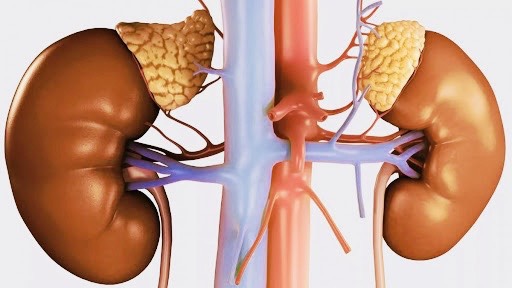Understanding Congenital Adrenal Hyperplasia
Congenital Adrenal Hyperplasia (CAH) is a genetic disorder that affects the adrenal glands, leading to an imbalance of hormones that are crucial for the body’s metabolic processes. This article delves deep into the intricacies of CAH, offering readers a comprehensive understanding of its etiology, symptoms, diagnosis, and the implications on health and lifestyle.

What is Congenital Adrenal Hyperplasia?
CAH primarily stems from a genetic mutation affecting the enzyme responsible for cortisol production in the adrenal glands. The lack of cortisol leads to an overproduction of steroid precursors, causing numerous physiological changes.
- Genetic Origins: Typically inherited in an autosomal recessive pattern.
- Hormonal Impact: It disrupts the normal production of cortisol and aldosterone, essential hormones for stress response and electrolyte balance respectively.
- Types of CAH: The most common type is 21-hydroxylase deficiency, which accounts for the majority of cases.
Symptoms and Diagnosis
Symptoms of CAH can vary widely, often depending on the severity of hormone imbalance. Some may be evident at birth, while others may surface later in childhood or adulthood.
- Infants: May present with ambiguous genitalia or early signs of adrenal crisis.
- Children: Can show rapid growth and premature puberty.
- Adults: Often experience reproductive and metabolic issues.
Diagnosis often involves hormonal blood tests to measure levels of cortisol, adrenal androgens, and other pertinent markers, as well as genetic testing for confirmation.
Treatment and Management
While there’s no cure for CAH, effective management is crucial for maintaining normal hormone levels and overall health. Treatment mainly focuses on hormone replacement therapy.
- Hydrocortisone: A commonly prescribed medication to replace cortisol.
- Fludrocortisone: Used to aid in water and salt balance.
- Regular Monitoring: Frequent check-ups are essential to tailor treatment plans to individual needs.
Benefits of proper management include improved quality of life, enhanced physical development, and the ability to live more normally.
Living with CAH: The Way Forward
With appropriate care, individuals with CAH can lead fulfilling lives. Community support, education, and access to healthcare are invaluable resources that contribute to better outcomes.
- Awareness Programs: Raising awareness can facilitate understanding and reduce stigma.
- Support Groups: Connecting with others facing similar challenges fosters a sense of community.
- Educational Resources: Empowering patients and families with knowledge about CAH plays a pivotal role in effective management.
By demystifying CAH, we not only pave the way for better awareness but also cultivate a supportive environment for those affected, reminding us that knowledge is a powerful ally in navigating the complexities of such conditions.
